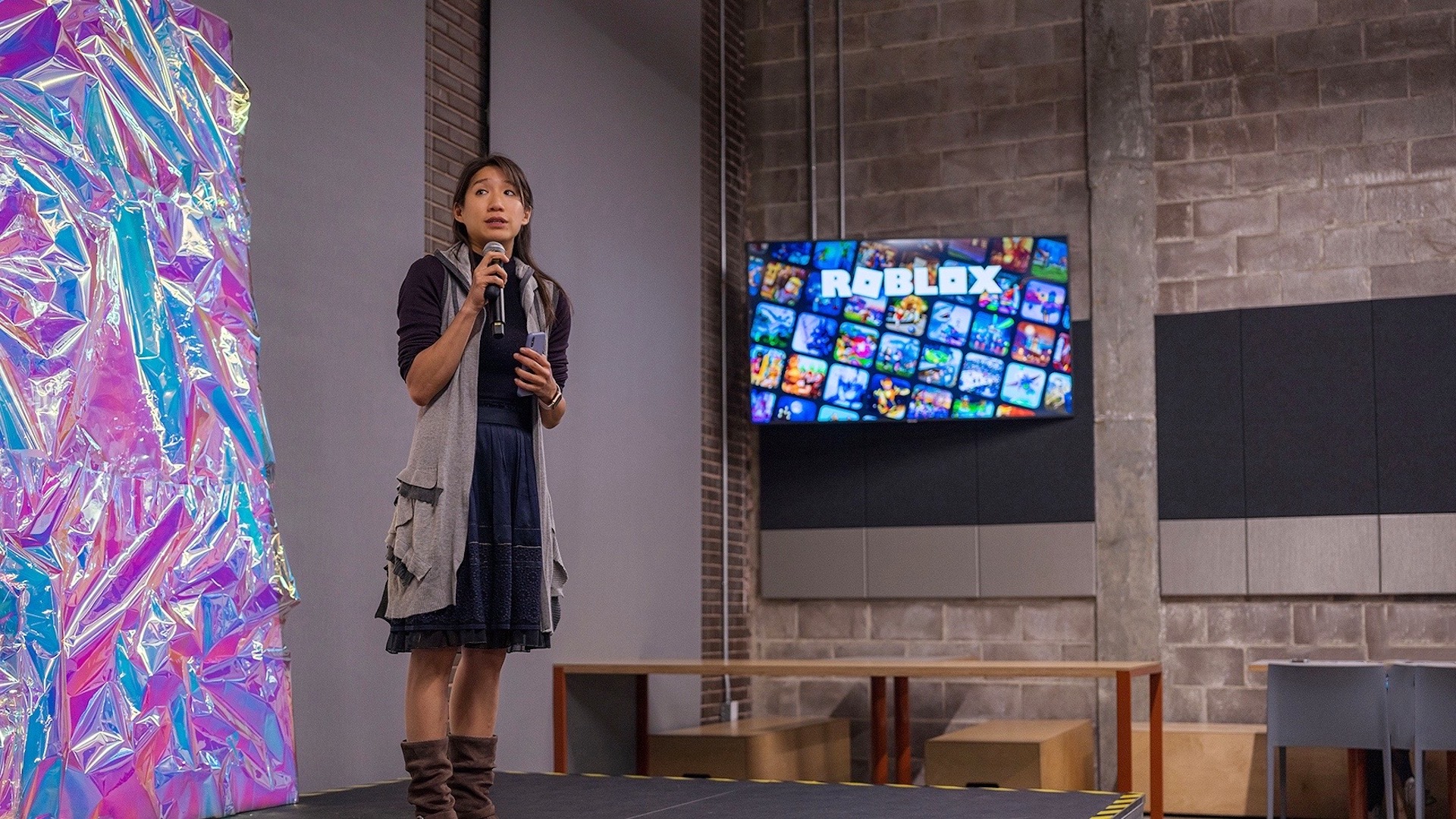Wearable devices offer great promise for people with disabilities, but without an inclusive design, that promise may never be realized.
That was the theme of a recent uxWaterloo meetup where Patrick Carrington, an assistant professor in the Human-Computer Interaction Institute at Carnegie Mellon University, talked about how technology can be designed in a way that supports people with diverse abilities whether they’re socializing, playing competitive sports, or navigating the world around them.
Carrington directs the institute’s Axle Lab, which aims to use technology to improve lives. His research largely focuses on designing devices and interfaces that better support people with diverse abilities.
“We want to create solutions that both support functional access and provide positive engagement, positive experiences, positive participation in new experiences,” said Carrington.
While technology has given people with disabilities new experiences, it's far from perfect because not everyone will use or interact with devices in the same way, he said.
And too often when tech companies are designing devices, they don’t always consider other assistive devices someone could be using, like a wheelchair. While a wheelchair helps someone move around independently, it can also obstruct their reach or make it hard to use tight spaces, said Carrington.
Related articles:
Digital accessibility by design
Web accessibility is usability
Building a new product? Here’s a goldmine of opportunity
Carrington introduced one power wheelchair user who lives in a smart home and uses a tablet mounted to the side of his wheelchair that allows him to control the temperature in the home and appliances. Because the tablet was mounted to the side of his wheelchair, it made it hard for the user to navigate his home, even though his home had been designed in an accessible way. When Carrington and his team worked with the power wheelchair user, they came up with a way for the person to use switch controls that are activated by his elbow.
There are five guiding concepts to designing wearable technology for wheelchair users that leverage the wheelchair in those designs, said Carrington.
- Make sure an interface is always available, improving access
- Tailor interfaces to someone’s specific abilities
- Consider how familiar someone is with a device and how to interact with it
- Make sure any devices can withstand the environment as people use wheelchairs outdoors
- Maintain the silhouette of the wheelchair and its user
Typically when we think about wearable technology, we think about a device that fits closely to our body, such as a watch, said Carrington. But that’s not always the case for wheelchair users who may be using a device that’s bolted on their chair. That raises a couple of issues: A wheelchair user may not want a device bolted onto their chair because of the way it’s mounted, how it looks or its dimensions, said Carrington.
“I'm a person who's gotten used to using the chair, how I look in a chair. If you asked me to add a robotic arm type so that I can use my smartphone, that changes how a person looks. And we've seen interactions with folks who are like, ‘I'm not going to use it because of the way that it's mounted,’ ” he said.
Carrington said one area his team is looking at is smart wheelchairs and what other kinds of assistive technology they can create to support people with disabilities in everyday tasks, like using a smartphone, but also in other daily life tasks, such as grooming or laundry.
uxWaterloo meets monthly and is the local chapter of the Interaction Design Association and a Communitech Peer2Peer group. Learn more about their next monthly meeting on their Meetup page.
Miss a uxWaterloo meetup? Read all of our recaps.





